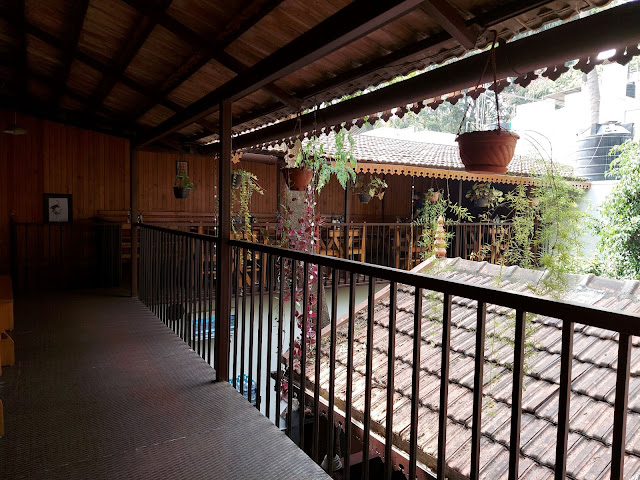concept note for an exhibition curated by Farah Siddiqui and Natasha Mehta as an extension to the project 'Life with Objects'
Domestic Fragilities
The notion of ‘domestic fragilities’ is particularly relevant at the cusp of coming out of a pandemic. The present times have resulted in increased attention to our bodies and considered contact with the world around us. Ceramic is one material that expresses the precarity of this lived phenomenon more intimately than any other. Historically, baked clay and earthenware allowed humanity to store grains preparing them towards eventualities of droughts and floods. Across many cultures, earthen vessels are symbolically instituted and broken in order to mark life and death. Ceramics have remained principal objects of exchange that record lives and landscapes of their times. As objects that may be broken, damaged or destroyed more easily than others, engaging with delicate wares like ceramics within our domestic spaces quietly inculcate within us values of caution, attention and sensitivity.
In quietly sitting and serving our everyday needs, ceramic wares allow us to reflect on our gently transforming selves. They sit in different corners of our homes - on tables, in chests, our bedsides, showcases, kitchen racks – creating new equations with our bodies, reminding us to approach things with tenderness. Different cycles of time are embedded in their usage. They may be used to preserve and protect perishables over long months, hold flowers or fragrances for weeks or insulate us to the heat of the moment while sipping our morning tea or coffee. Ceramic wares may not be timeless, rather they respond to time in different ways. In being brittle, ceramics demonstrate the unique quality of holding toughness and weakness together in its materiality. The subconscious consideration of these contrasting aspects is what makes ceramics artful. It is in the realisation of such domestic fragilities that we become more human.

























